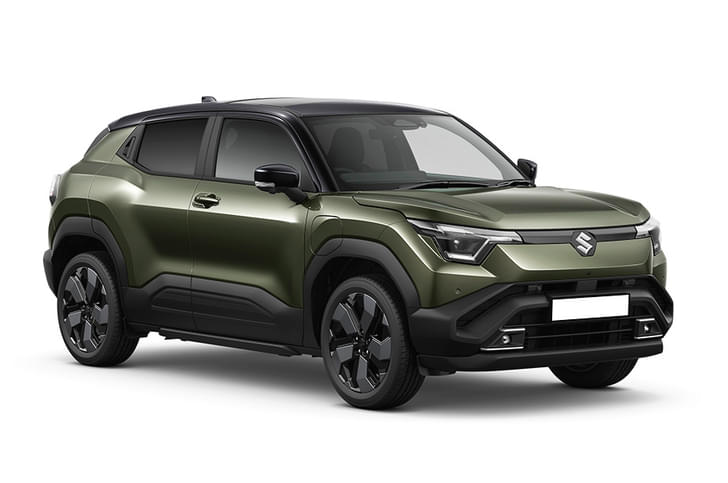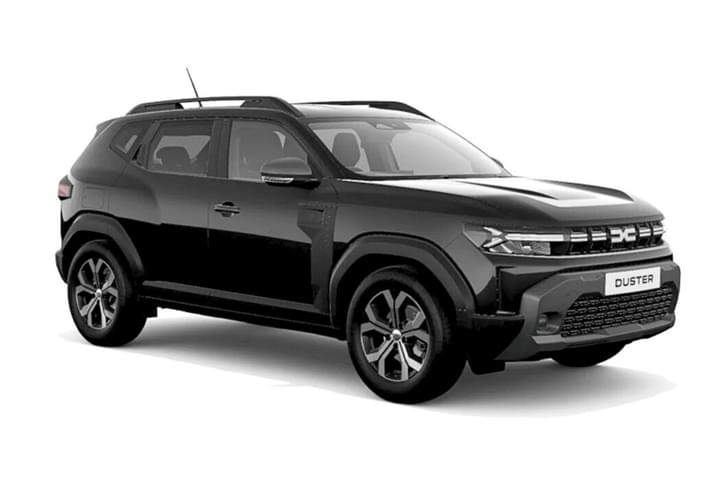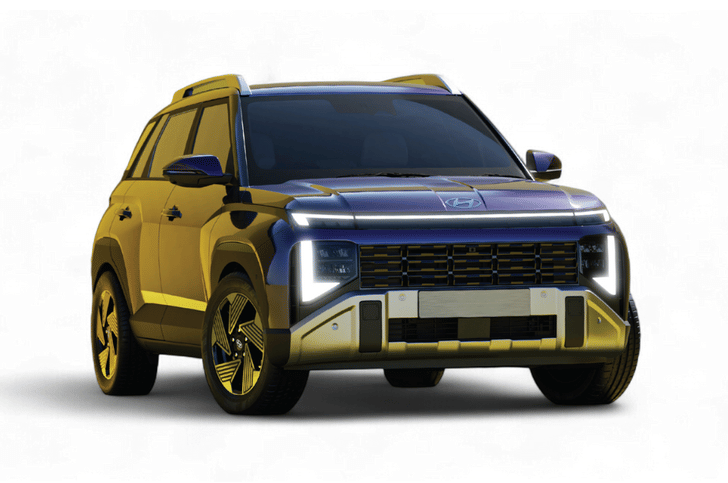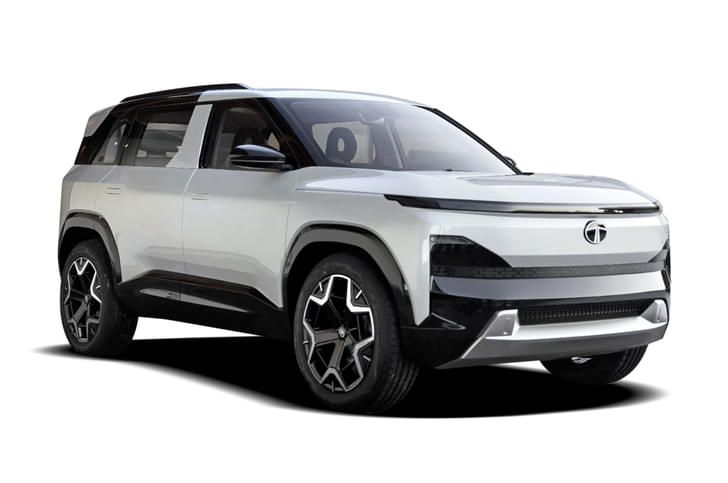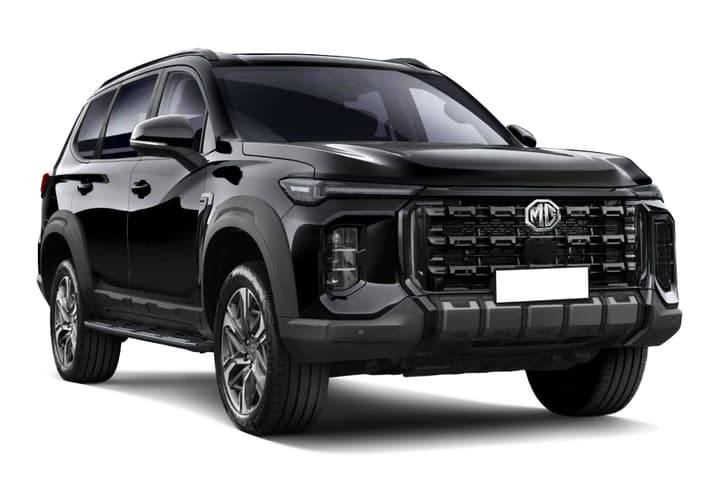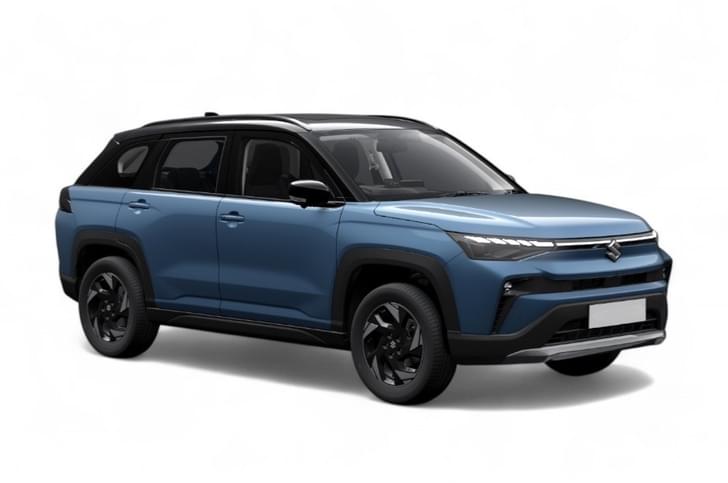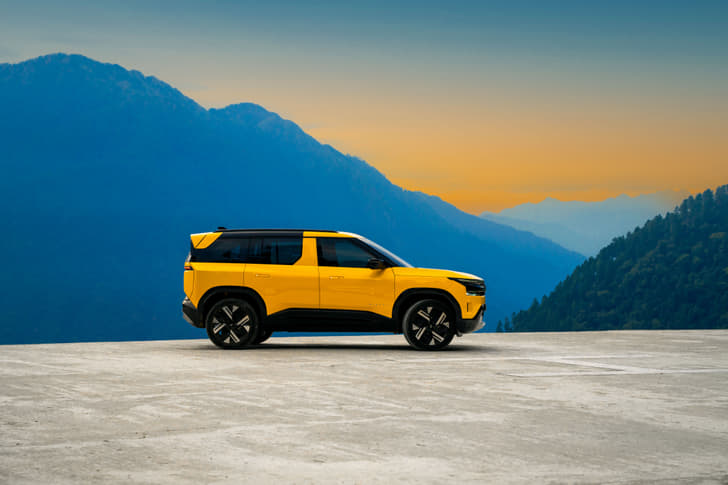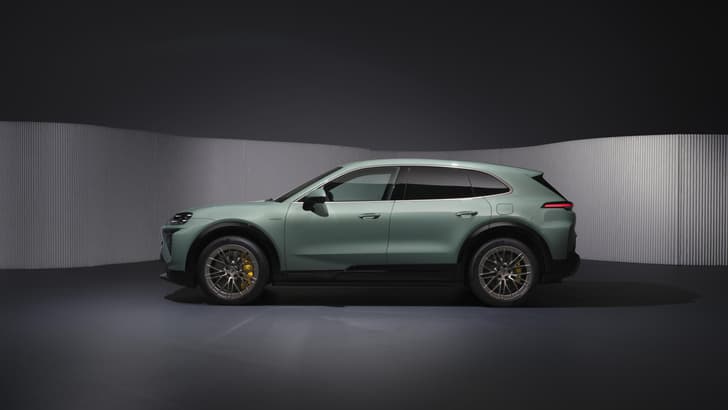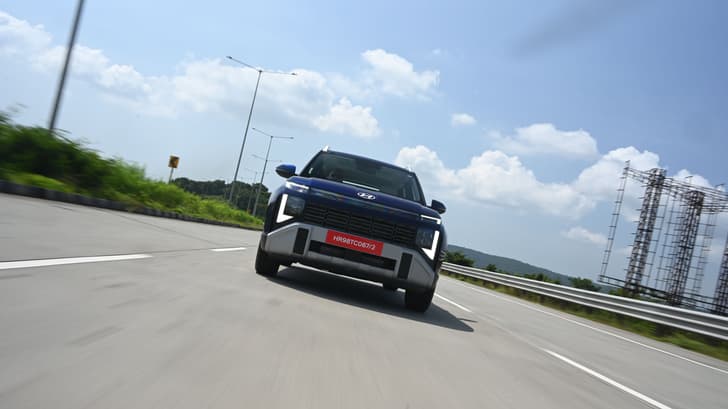Back in 1997, Toyota set out on a lonely journey to build what was then the world’s first hybrid car. Named the Prius, it was a type of car that was expected to provide a bridge between regular combustion cars and those in our electric and hydrogen future. While not many carmakers continued down the difficult route, Toyota stayed the course. Today, the fifth-generation Prius is seen by many as one of the most technologically advanced cars around. And Toyota’s hybrid tech has helped more than double the fuel economy you can get from the combustion engine. Toyota has sold around 16 million hybrid cars to date, more than paying off its investment in hybrid tech.
 The long bonnet and fastback roof give it the look and feel of a Grand Tourer.
The long bonnet and fastback roof give it the look and feel of a Grand Tourer.
This then is the Japanese company taking the next step, investing in fuel cell tech and our hydrogen future. And this here is the second-generation Mirai. The first-generation Mirai, of which Toyota has sold an impressive 10,000, was made in 2014, long after Mercdes-Benz had all but shelved its Necar hydrogen fuel cell project. But Toyota, again, has stayed the course and has evolved what was earlier a chem lab on wheels into a real car.
Toyota Mirai: powertrain, interior
 Hydrogen in tanks compressed to 10,000psi.
Hydrogen in tanks compressed to 10,000psi.
The new Mirai is based on a Lexus LS and now is rear-wheel drive. It’s also 85mm longer, has a 140mm longer wheelbase and comes with three hydrogen tanks, two placed in a ‘T’ under the floor and one installed in the boot. The fuel cell stack that sits under the bonnet is made in collaboration with BMW and combines compressed air with compressed hydrogen to make electricity and water.
 Fuel cell combines hydrogen, oxygen to make electricity.
Fuel cell combines hydrogen, oxygen to make electricity.
The tanks now hold 5.6kg of hydrogen and this gives the second-gen Mirai a range of around 640km range on the WLTP cycle. To transmit power, the Mirai uses an electric motor placed just above the rear axle. Power comes from the fuel cell stack for the most part, but like a strong hybrid there’s also a 1.24 kWh lithium-ion battery to help buffer the energy flow.
 Fuel cell can take in dirty air and purify it. EVs can’t.
Fuel cell can take in dirty air and purify it. EVs can’t.
On the inside, the car now feels more like a GT than the earlier one. The dash is placed high, the driving position is low and sporty and the racy fastback roofline and long flat bonnet also serve to reinforce this feeling. Under the floor, hydrogen is stored at a pressure of 10,000psi and the tanks take up so much space, seating in the rear is quite cramped. The low roof means tall passengers will brush their heads and legroom is only sufficient.
 H2 tanks under the floor and rear seat compromise space and comfort.
H2 tanks under the floor and rear seat compromise space and comfort.
The seats are, however, large and very supportive, especially at the front. The dash is divided and its design is non-traditional. Quality levels are average and the car manages to give off a functional vibe rather than the luxury one it should at this price. Even bootspace is only 321 litres, again, due to the third hydrogen tank being located under the boot. No wonder Toyota decided to configure this car as a GT.
Toyota Mirai: ride, handling
The Mirai, however, is anything but sporty or fast. Built to traverse long distances in comfort, it is heavy at 1,937kg and that means the rear-mounted electric motor can only manage a power-to-weight ratio of around 95hp per tonne. With 182hp going to the rear wheels via an electric motor, initial acceleration is decent and the car takes around 8.5 seconds to hit 100kph. Our brief drive of the car also showcased its easy-going personality.
 It drives like a regular EV despite the chem lab under the bonnet.
It drives like a regular EV despite the chem lab under the bonnet.
The car is very refined, the ride is Mercedes sedan-like even on massive 20-inch wheels. While there was a bit of up and down movement over some badly paved cement sections, the car felt relaxed, comfortable and easy going. Effortless long distance drives are what this car will excel at. As expected, the Mirai rolls quite a bit in corners and generally shies away from carrying a lot of speed.
Toyota Mirai: verdict
Toyota is unlikely to put the Mirai on sale here anytime soon, but should you be able to buy one we’re sure a few environmentally conscious early adopters would be interested. EVs are old hat after all, and with the Hydrogen infrastructure all set to take off in India this could be a responsible and fun way to stand out. It would cost approximately Rs 1.4 crore-1.6 crore if imported into India, depending on tax breaks. Any takers?
























